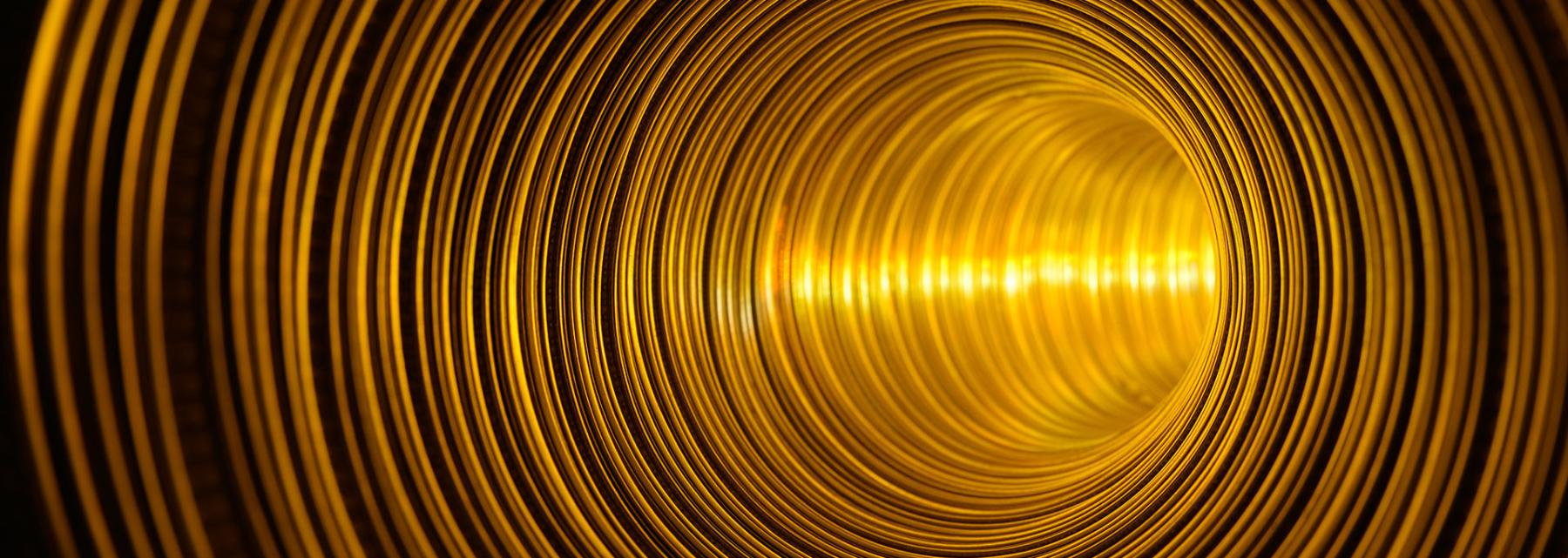
Longitudinal and Transverse Waves
In this creative lesson, students will use a slinky to model two types of waves: longitudinal/compression waves and transverse waves. Through class exploration, students will first practice making the motion/shape of each wave and then explore how different speeds change the wave. This lesson proceeds a lesson where students find, measure and calculate the velocity of a wave they create. At the end of this lesson, students will be able to define and identify compression/longitudinal and transverse waves and identify the key components in a wave.
Lesson Grade Level
8th GradeLesson Plan Link/URL
https://docs.google.com/presentation/d/1ulrhuRXtpE3D6LmK1XK_85oETfmxAtuS/edit?u…Related Content

In this lesson students learn about the simple machine screw, specifically the Archimedes Screw, and engineer a device that can lift a marble.

Lesson explores compounds, mixtures and solutions, defining each and what distinguishes them from each other. Students complete a lab as an introduction, use a PowerPoint to refine their knowledge and

Students will learn about the difference between potential and kinetic energy by building a ramp. Three objects will be tested down the ramp to see which one can go the farthest. Data will be